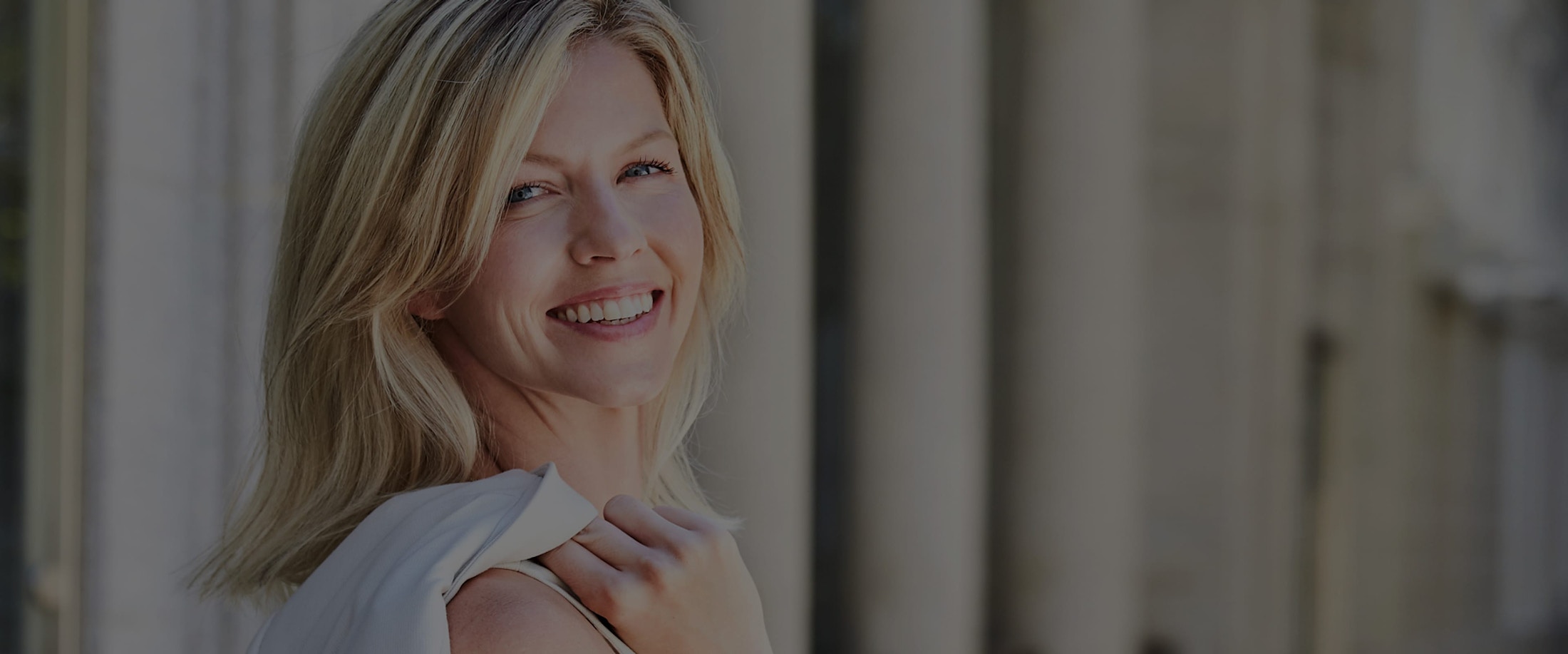Drs. Christopher Zachary and Lawrence Bass
I am back from the Summit in Aesthetic Medicine, the annual meeting I co-chair with Dr. Christropher Zachary, the Chairman of Dermatology at University of California, Irvine. This is a meeting attended by plastic surgeons, facial plastic surgeons, oculoplastic surgeons and dermatologists – the “core four” specialties that receive training in aesthetic surgery and medicine during the post-medical school, hospital residency training. In the coming weeks, I will blog about various specific technologies concepts that were discussed at the meeting. I have some general thoughts on the importance of these types of mutidisciplinary exchanges. The rate of technology development in aesthetic medicine has accelerated in recent years. Like most things, this is a double edged sword. New and improved options are important, helping to advance aesthetic care. At the same time, the pace has made it difficult to evaluate the efficacy (effectiveness) of new technologies or for what type of problems they are most useful.
In addition, there is always more than one way to solve a particular problem. The different specialties in aesthetic medicine have significant, although not total, overlap in the types of clinical problems they treat. The background training and perspective is somewhat different, however. Sharing the experiences and research data and results which each specialty has developed is a tremendous consciousness raising experience. We all have something useful to teach each other. The Summit relies on data driven presentations, followed by extensive panel discussion between faculty members and with symposium participants to flesh out the nuances of outstanding aesthetic care. Interdisciplinary exchange makes doctors better problem solvers and makes them more aware of the full breadth of what is known and what is available in aesthetic medicine. This type of interchange puts the emphasis on evidence about what works, more than on following dogma, an essential step in improving clinical care.

